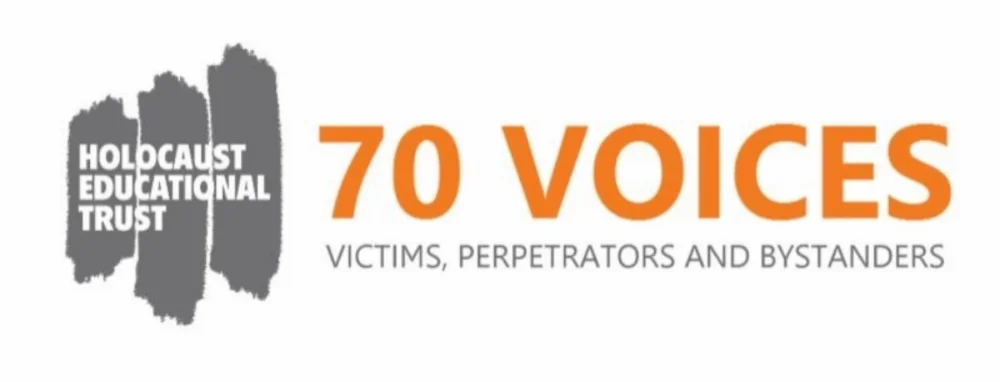Not all Jews were sent to extermination camps or other killing sites. Some, mainly younger adults, were selected for forced labour camps, such as Poniatowa – shown in the photograph – where it was intended that they would die from overwork. However, following growing Jewish resistance in Polish ghettos and camps in 1943, the SS leader Himmler decided to accelerate the killings. 14,000 Jews were shot in Poniatowa on 4 November. There were only three survivors, all women who were wounded by the shooting and pretended to be dead. One of them was Ludwika Fiszer.
We lay down quickly to avoid looking at the dead bodies. My daughter asked me to cover her little eyes, because she was afraid, so I put my left hand around her head, and with my right hand I held her right hand and so we lay, faces down. In a moment, shots were fired in our direction; I felt my left hand burn... The hours dragged slowly; each hour seemed a century. When twilight came, the Ukrainians returned and covered us with spruce twigs, I thought they might be planning to burn us. I was scared and wanted to shout I was still alive, but could not make a sound. I heard the steps receding in the distance, and only then did I whip up the courage to raise my head; the leaves of the branches covered me, so I was able to look around a little. It was nearly dark. My first glance was at my daughter. She always had an oval face, but now her face was round and was deadly pale. I touched her hair and back with my lips and her hand slipped out from mine.
The Poniatowa massacre was one part of the Erntefest (‘Harvest Festival’) Aktion in which 42,000 Jews were shot in just two days in camps in and around the city of Lublin.
Photo: Poniatowa forced labour camp; Yad Vashem
Testimony: Andrzej Żbikowski (ed.), ‘Texts Buried in Oblivion: Testimonies of Two Refugees from the Mass Grave at Poniatowa’, Holocaust. Studies and Materials, 1 (2008)

